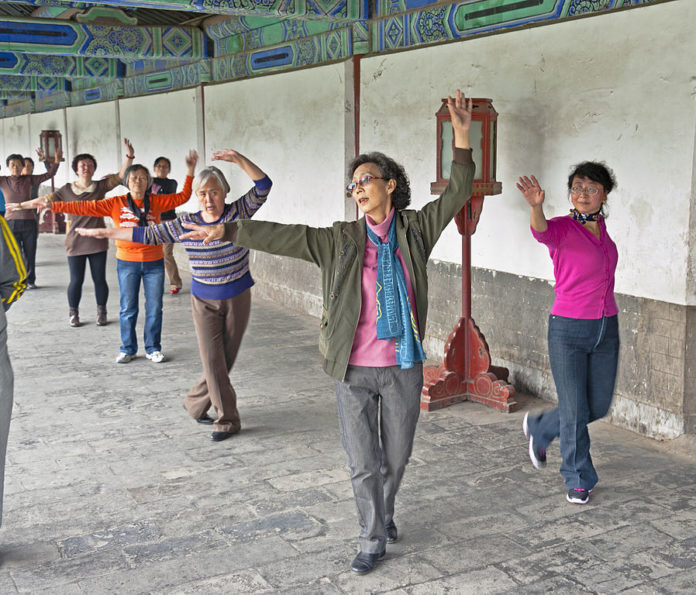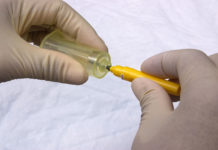
French scientists report among patients at highest risk of poor quality of life, exercise can make a difference
Including exercise or sport as part of cancer care can significantly improve symptom management, quality of life and fitness.
French researchers have concluded in two presentations to be reported at the ESMO 2018 Congress in Munich that among patients at highest risk of poor quality of life, exercise can make a difference.
More than 3,500 patients with cancer already participate in exercise programmes each year at over 80 cancer centres in France. This costs approximately €400 per patient, and the number continues to rise, explained Dr. Thierry Bouillet, Medical Oncologist, Ile de France, American Hospital of Paris, Neuilly Sur Seine, France. He is an author of one of the new studies.
Vigorous exercise included activities such as aerobic dance, heavy gardening or fast swimming, while moderate exercise included brisk walking, water aerobics or volleyball
Classes are run by trainers with specialist knowledge of cancer and its treatment who can adapt exercise programmes to individual needs.
“We have found that patients get the greatest benefit if they exercise two or three times a week for at least an hour during the six months of their chemotherapy or radiotherapy and then for a further six months so that physical activity becomes a part of their life,” said Bouillet.
He added: “With 20 years’ experience, we have also seen that patients find it easier to exercise in on-site classes and feel more secure than if we give them exercise information and leave them to do it themselves or go to classes away from the hospital with trainers who do not know about the special needs of patients with cancer.”
In one of the French studies to be presented at ESMO, twice-weekly, 60-minute strength training and aerobic exercise classes significantly reduced pain and fatigue scores.
There were also significant reductions in body fat, while lean body mass remained stable.
“Patients are often fatigued and have started to lose muscle before they are diagnosed with cancer, so it is essential to start exercise as soon as possible after the first consultation. We should see it as ’emergency treatment’ for their initial symptoms and later to help with the side effects of treatment,” said Bouillet.
In a second study to be presented at ESMO 2018, (2) researchers not only reported the value of exercise for patients with cancer, but also demonstrated that it is possible to identify patients at greatest risk of poor quality of life during treatment so they can receive extra help.
In the study of 2525 patients with stage I-III breast cancer undergoing adjuvant chemotherapy, those who took 75 minutes of vigorous or 150 minutes of moderate exercise per week had significantly better overall quality of life.
They also had significantly better physical well-being and less fatigue, pain and breathlessness. Vigorous exercise included activities such as aerobic dance, heavy gardening or fast swimming, while moderate exercise included brisk walking, water aerobics or volleyball.
“Around 60% of patients were physically active before and after chemotherapy and, although their quality of life was adversely affected by chemotherapy, they scored consistently better on a variety of physical, emotional and symptom scales than those who were inactive,” explained Dr. Antonio Di Meglio, study author and Medical Oncologist, Institut Gustave Roussy, Villejuif, France.
The study showed that patients who had a mastectomy or additional illnesses, smoked or had a low income were particularly at risk of poor quality of life following chemotherapy for breast cancer, but they too benefited from exercise.
“Using a novel approach, we showed that it is possible to identify breast cancer patients whose quality of life will be worst affected by chemotherapy so we can now target those patients for dedicated interventions including those aimed at increasing physical activity to WHO-recommended levels,” added Di Meglio.












